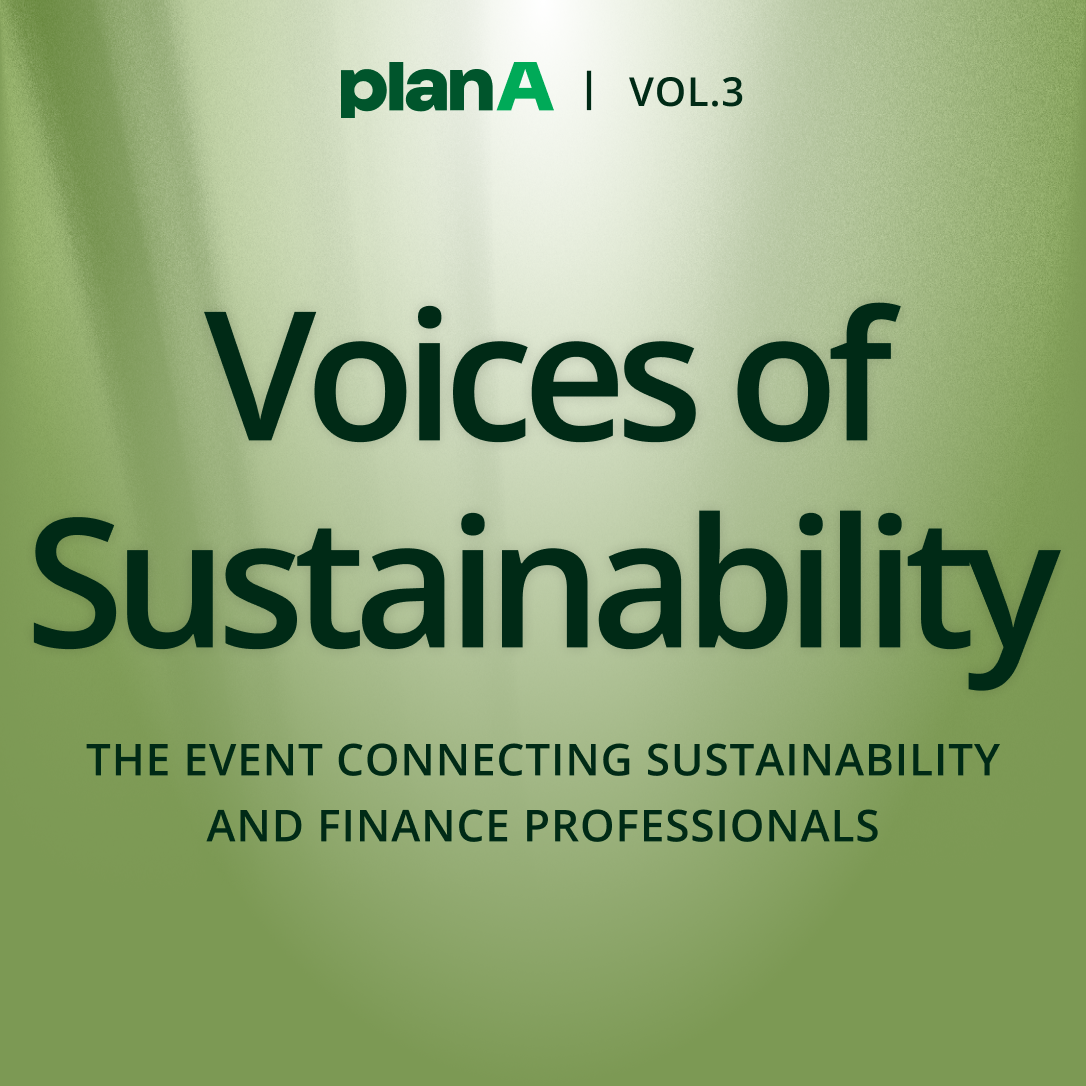Tracking your organisation’s environmental impact can be confusing. There are so many unknown terms, figures and regulations that it can be all too easy to get lost in the chaos.
So where do you start? The ISO 14001 works as a springboard for you to build your own Environmental Management System or EMS. Building an EMS is a major step towards offsetting your impact and ensuring your organisation is environmentally-responsible. Once established, an EMS will allow you to take control of your environmental impact, stay on top of regulations, and continuously improve your sustainability efforts.
Before you can build an effective EMS, you first need to know the basic standards to work from. That’s where ISO 14001 comes in.
What is ISO 14001?
ISO 14001 is an internationally recognised standard for environmental management. It helps organisations build a framework that lets them identify, manage, monitor and improve their environmental impact. This standard helps organisations to continually improve their overall sustainability as well as comply with legal and regulatory requirements.
ISO 14001 is flexible and can be tailored to suit businesses of all sizes and industries. This makes it a practical choice whether you’re a small startup or a large corporation. By adopting this standard, you’re not just meeting legal requirements, you’re building trust with customers, improving overall efficiency, and doing your part to build a more sustainable future.
ISO 14001 is also part of a larger family of standards, such as ISO 14064 for greenhouse gas management and ISO 50001 for energy efficiency, offering additional tools to enhance your environmental efforts. You can learn more about them here.
Key principles and requirements of ISO 14001
So now that we have an idea of what ISO 14001 is, let’s dive into the principles and requirements that make it such a well-recognised and supported standard. Each of the following principles are the pillars that make ISO 14001 such an effective standard.
Leadership and commitment
Effective and lasting change comes from the top down. While this is the case in most of the business world, when implementing the ISO 14001 standards it’s undoubtedly vital.
The level of success you’ll see from following ISO 14001 will only be as great as the commitment shown by an organisation’s leadership. The level of support needed at each stage of the process can only be given by those at the top.
Top management must integrate environmental responsibility into their strategic goals and are responsible for creating and supporting the EMS. This can be through things such as implementing policies and providing resources.
Environmental policy
No two organisations are the same, and as such no two EMS's are either.
Your environmental policy will be the base from which you create your EMS. It should reflect your organisation’s values and goals and will work as a guiding principle throughout all of your environmental improvements.
The ISO 14001 states that an organisation must create an environmental policy. This policy will reflect their commitment to:
- protecting the environment;
- preventing pollution;
- fulfilling compliance obligations;
- striving for constant improvement.
Every policy should be tailored to that organisation’s unique activities, processes and aims.
Planning for a successful ISO 14001 certification
Planning plays a large part in implementing the ISO14001 standards. As you plan to meet these standards there will be four significant milestones you’ll hit:
- Identifying environmental impacts: Organisations must figure out how their processes, products and services interact and impact the environment.
- Compliance obligations: Identify legal, regulatory and other relevant requirements related to environmental management for your organisation.
- Risk and opportunity management: Assess risks and opportunities that could be related to environmental performance and EMS objectives.
- Setting objectives and targets: Define measurable goals and objectives that will help your organisation improve its environmental performance. These should be specific, they’ll be the metrics that you’ll be working towards.
Implementation and operation
Arguably the most important stage of following ISO 14001, this is where you will put your plans into action. This will be done by focusing on the following:
- Awareness and ability: Employees must be trained and briefed on their part in achieving EMS goals and objectives. The clearer everyone is in their role, the more likely they are to succeed.
- Communication: Create clear processes for communication both externally and internally regarding environmental performance.
- Align operations: Apply processes and controls to manage the parts of your organisation that may affect the environment.
- Emergency plan: Create a plan on how to manage and respond to possible environmental emergencies.
Evaluation of success
Regularly checking in on the data to assess the success of your EMS is a crucial part of meeting ISO 14001 standards. An organisation must incorporate each of the following into their processes:
- Monitoring and measurement: Make sure to track and evaluate the organisation’s environmental performance.
- Internal audits: Regularly audit the EMS to make sure it remains effective in helping reach goals and objectives
- Management review: Leadership must review the performance of the EMS and make informed decisions on how to improve it to meet objectives
Continuous improvement
ISO 14001 isn’t about achieving perfection, it’s about making steady progress. Focus on small, consistent changes that add up over time.
Life cycle perspective
In order to receive an ISO 14001 certification, you must consider the life cycle perspective of your organisation’s activities. Think about how your products or services affect the environment. It’s important that you consider each stage, from sourcing materials to logistics and disposal.
This perspective helps you identify where changes can make the biggest difference.
Incorporating this perspective will help you look at your business processes in a new way, which will in turn help you build a more comprehensive and effective EMS.
Integration with business processes
For ISO 14001 to truly benefit your business, it needs to integrate into your day-to-day operations.This means aligning environmental objectives with your broader business strategies. While this does mean that some adjusting is needed, there is no need to throw away your previous processes and strategies. Instead look for ways to make the most impactful changes possible in your current operations, sometimes even small changes can make a major difference!.
The importance of ISO 14001 for companies
Is ISO 14001 a standard or certification?
ISO 14001 is one of many ISO standards that enable certification by third party certification bodies.
Certification demonstrates that an organisation has implemented ISO 14001 effectively and has a robust EMS meeting all the standard's requirements.
Companies implementing ISO 14001 can choose whether they want to go through a certification process or not. Some organisations choose to implement the standard in order to benefit from the best practices it contains, while others also want to get certified to reassure customers and clients.
Benefits of following the standard
Crafting an ISO 14001-based EMS offers more than just environmental benefits, it’s a smart business move. By following the standard, companies can reduce waste, lower energy costs and avoid fines by staying compliant with environmental regulations. Over time, these savings can significantly improve your bottom line.
If that wasn’t enough, adopting this standard will also prove to be a smart marketing move. Potential clients and investors often want to know that your organisation is moral, responsible and committed to doing better. By meeting this standard, you are promoting your business as a positive organisation among the rest.
What companies should adopt the standard for environmental management systems?
The beauty of the ISO 14001 is that it’s the perfect guide for businesses of all sizes and industries. Any company that interacts with the environment, which includes almost every business, can benefit from adopting the standard.
Adopting this standard could particularly benefit companies looking to improve their environmental image and impact as well as those looking to adjust their processes to meet legal requirements.
8 steps to achieve ISO 144001 certification
Now that we have a better understanding of the standards and their benefits, let’s have a look at the steps you need to take to receive an ISO 14001 certification.
- Understand the requirements: Review the key principles and requirements to understand how it applies to your business. You can purchase the standard from ISO or consult with experts, like the Plan A team, to guide you through the process.
- Carry out a gap analysis: Compare your current environmental policies against the ISO 14001 framework. This will help you find the areas in the organisation that need improving to reach the standard.
- Develop an Environmental Management System (EMS): Design your EMS to align with ISO 14001’s requirements. This includes creating an environmental policy, setting objectives, and outlining procedures to manage environmental impacts. Make sure that your EMS realistically integrates with your already existing processes.
- Implement the EMS: Put your EMS into action. Train employees, allocate resources, and establish operational controls to address and manage your environmental interactions.
- Monitor and measure performance: Track your environmental performance using measurable metrics, such as energy usage, waste output, or compliance rates. Conduct internal audits to ensure your EMS is functioning effectively and identify areas for improvement.
- Conduct a management review: Review the results of your EMS with senior management. This is a chance to assess progress, address any shortcomings and ensure that it is aligned with your organisation’s strategic goals.
- Choose a certification body: Select an accredited certification body to conduct an external audit of your EMS. The auditor will assess whether your system meets ISO 14001 requirements and recommend certification if all criteria are met.
- Achieve certification and maintain compliance: Once you’re officially certified, celebrate your achievement and communicate it with stakeholders and clients! With environmental consciousness on the rise, clients are more likely to work with companies that show a commitment to looking after the planet.
The paperwork: Your guide to ISO 14001 documentation
ISO 14001 provides a practical framework to help organisations reduce their environmental impact, stay compliant, and meet growing demands for sustainability. It’s not just about ticking boxes, it’s about building a responsible, resilient business that protects the planet while strengthening trust with customers and stakeholders.
Ready to take the next step? Plan A can help your business track your impact to prepare for ISO 14001 certification. Together, we can seamlesly integrate sustainability into the DNA of your business.









